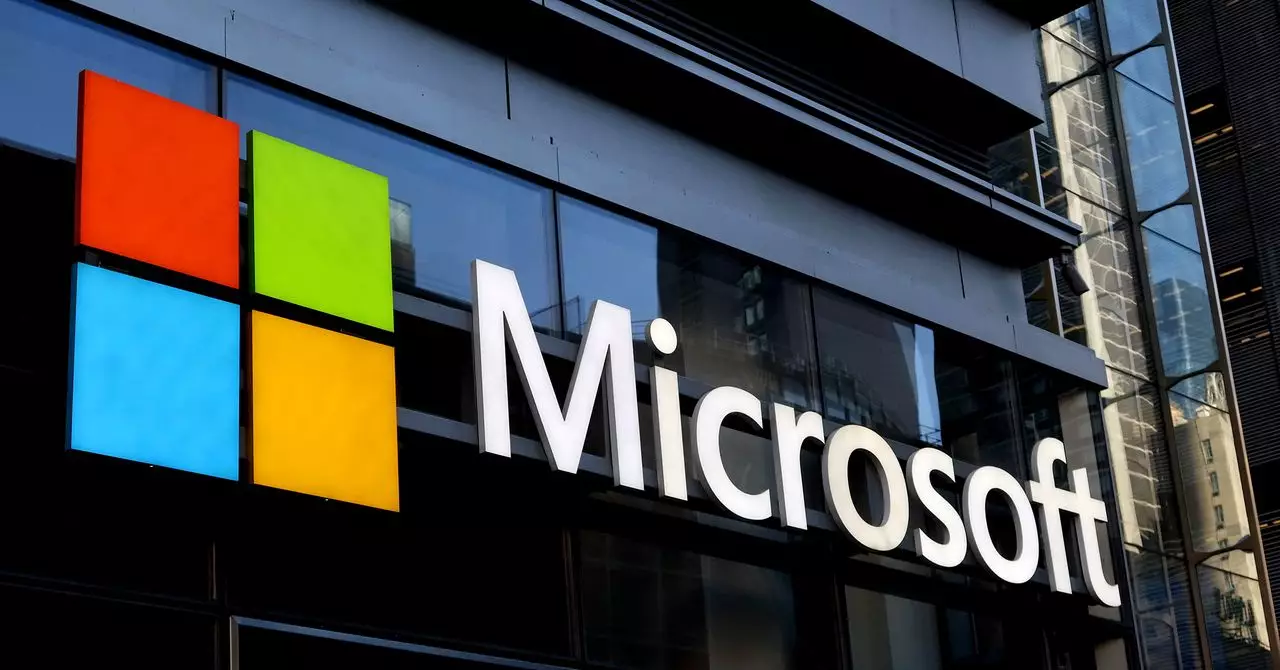The healthcare industry has long sought tools to augment the abilities of medical professionals and reduce costly diagnostic errors. Microsoft’s recent breakthrough with its AI-driven diagnostic system marks a significant leap in this direction. Far from being just a fancy automation tool, this new AI technology achieved a staggering 80% diagnostic accuracy compared to the 20% benchmark set by human physicians in controlled testing. Such a leap isn’t just incremental improvement—it signals a potential paradigm shift in how medical diagnoses could be approached in the near future.
Unlike previous AI models that treated diagnosis as a one-step classification problem, Microsoft’s approach mirrors the sequential reasoning process that physicians use: gathering symptoms, ordering appropriate tests, interpreting results, and iterating as necessary. This more nuanced simulation of clinical thinking is a hallmark of the technology’s advancement. The project’s ability to orchestrate multiple leading AI frameworks—from OpenAI’s GPT to Google’s Gemini and Meta’s Llama—westablishes a layered “chain-of-debate” mechanism, where several AI “experts” cross-examine the information collaboratively. This orchestration is arguably the most innovative feature, surpassing individual model limitations and moving closer to the holy grail of “medical superintelligence.”
Technical Collaboration: The Fusion of AI Giants
Microsoft’s strategy to unify several cutting-edge AI engines through its Diagnostic Orchestrator (MAI-DxO) underscores a growing trend: the recognition that no single AI model reigns supreme. By harnessing the collective strengths and unique perspectives of several models, the company has created something greater than the sum of its parts. This move also highlights fierce competition at the apex of AI development, illustrated by Microsoft’s recruitment of key talent from competitors like Google. The “war for AI supremacy” is not just about technological breakthroughs but also about sourcing the brightest minds to refine and validate such complex systems.
The use of multimodal AI models that combine diverse data inputs—text, images, and structured case data—further enriches the diagnostic process. This contrasts with earlier systems predominantly reliant on one data type, such as imaging. Their work reflects an understanding that medical diagnosis is intrinsically multidisciplinary, relying on heterogeneous information combined with clinical intuition.
Financial and Ethical Implications of AI Diagnostics
Beyond the raw performance metrics, the economic impact of Microsoft’s diagnostic AI cannot be overstated. The system not only matches humans in accuracy but also trims costs by about 20% by judiciously selecting affordable tests and procedures. In healthcare systems, especially the US, where costs are prohibitive and growing, the potential for AI to curb expenses while enhancing care quality is hugely promising.
However, the deployment of such AI raises pressing ethical concerns. AI models traditionally suffer from biases embedded in their training data—often skewed toward certain populations—risking misdiagnosis or unequal care quality for marginalized groups. Microsoft’s research acknowledges these challenges but does not fully address long-term mitigation strategies. Any real-world application will require rigorous testing across diverse demographics and continual refinement to prevent systemic bias from exacerbating health disparities.
Looking Ahead: From Research to Real-World Impact
Though the project remains in experimental phases, Microsoft’s openness about integrating this technology into consumer-facing platforms like Bing hints at a future where AI helps individuals perform preliminary health assessments before consulting professionals. More importantly, it could serve as a powerful assistive tool for medical practitioners by automating routine tasks or suggesting possible diagnoses faster than conventional methods.
The company’s cautious but ambitious plan to “prove out” these systems in real-world clinical settings over the next several years will be crucial. It is one thing to achieve outstanding results on curated datasets; it is another to handle the messiness and unpredictability of everyday medical practice. If managed responsibly, the fusion of AI with clinical expertise could dramatically improve diagnostic speed and accuracy, ultimately saving lives and reducing the burden on overstretched healthcare systems.
Microsoft’s efforts lay the groundwork for what could be the earliest real incarnation of true medical superintelligence—not a futuristic fantasy, but an evolving reality. Despite inherent challenges, such innovation cannot be dismissed and signals a powerful transformation on the horizon for global healthcare delivery.

